With Industry 5.0, the next stage of the industrial revolution is upon us. It is supposed to be an “upgrade” of Industry 4.0 as it focuses more on human-centricity, sustainability and resilience. But how tangible is the vision of a paradigm shift in industrial production?
What is “Industry 5.0”?
In April 2021, it has been 10 years since the term “Industry 4.0” appeared and with it the idea of smart, digital and connected industrial production. In the last decade, big data, data analytics and automation have been among the predominant topics when it comes to the prerequisites, means and opportunities for the digital transformation of industry.
Now, with “Industry 5.0”, the next step miay already be on the horizon. Even before the anniversary of Industry 4.0, the new term was already in circulation, with the first articles on the topic appearing in 2016, when the transformation to Smart Industry version 4.0 was still in full swing.
The industry is facing a paradigm shift
According to the European Commission, however, Industry 5.0 means nothing less than a paradigm shift compared to Industry 4.0. The white paper “Industry 5.0 -Towards a sustainable, human-centric and resilient European Industry” emphasises this aspect, because the new term is by no means meant to stand for a temporal continuity. Nor is it intended to be an alternative to the current status quo of the industry, but rather circumscribes a new direction of technological progress.
Therefore, the key question is how technologies can be linked more closely to society and the environment in the future. According to the EU Commission the current developments of Industry 4.0 have increasingly deviated from the original idea of social equality and sustainability and have geared more towards digitalisation and artificial intelligence (AI) to increase the efficiency and flexibility of production
The paradigm shift described above can be reduced to technology-centricity versus human-centricity.
It is the result of a forward-looking exercise, a way of framing how European industry and emerging societal trends and needs will co-exist.
Industry 5.0 – Towards a sustainable, human-centric and resilient European Industry
Why we need a realignment of Industry 4.0
All concepts that are characteristic of Industry 4.0 and the development of smart factories were driven by the effort to make processes more efficient. Cyber-physical systems (CPS), AI, big data, connectivity and the Industrial Internet of Things enable automation and optimisations in all areas of the value chain.
That is why both the idea of Industry 4.0 and the associated innovations are now firmly established. More efficiency, ultimately, means higher turnover, regardless of the size of the company. The fact that investment costs and the lack of skilled workers in many sectors and companies are still hampering the wider use of industry 4.0 technologies does not change the potential and the successes already achieved.
On the other hand, there is always the question of the effects of this transformation on people: What place do they have in an industry in which a large number of tasks are automated and processed by machines?
This leads to many jobs being eliminated. In Germany alone, almost 8 million jobs could be affected by 2025, according to a 2017 forecast by the Boston Consulting Group. Among them, the percentage of skilled workers is over 60 per cent – so it is not only the low-skilled work that is being eliminated. The study estimated a decline of about 1.3 million manufacturing jobs.
This is why Industry 5.0 has a more human-centric approach, thus linking the digital transformation of industry more closely to social developments.
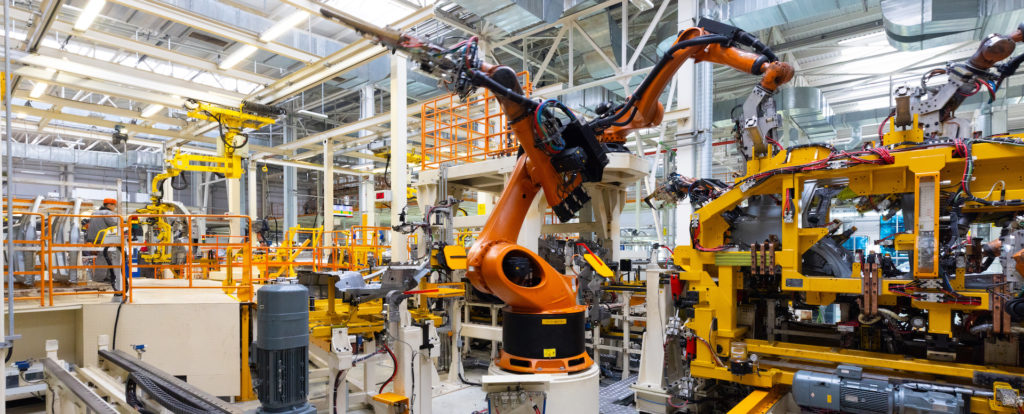
The core elements of Industry 5.0
The concept of Industry 5.0, as the EU Commission sets out in detail in its white paper, does not represent a turning point. This becomes clear when looking at the core elements. There are three core elements: the aforementioned human-centricity, more sustainability and higher resilience. Therefore, the new paradigm is not too different from the premises that were – and still are – important in the course of realising Industry 4.0.
Industry 5.0 meets Society 5.0
The EU Commission’s idea of a new industry is closely linked to the idea of a new society. In their paper, the experts involved refer to the concept of “Society 5.0” coined in Japan.
It aims to create a balance between economic development and the solution of important social and ecological problems. The technologies that play a role here are precisely those which have so far been primarily referred to the economic sector under the buzzword “Industry 4.0”.
Society 5.0 is a society in which advanced IT technologies, Internet of Things, robots, artificial intelligence and augmented reality are actively used in every day life, industry, healthcare and other spheres of activity, not primarily for economic advantage but for the benefit and convenience of each citizen.
Industry 5.0 – Towards a sustainable, human-centric and resilient European Industry
The Internet of Things, robots, AI, augmented reality and similar technologies are expected to provide even greater improvements in everyday life in the future. Industry 5.0 builds on this connection between industry, ecology and society through technology and develops the essential principles from it.
Core element #1: human-centricity
The most important difference between Industry 4.0 and Industry 5.0 is the relationship between humans and machines in the production process. The approach moves away from the question “what is possible with the help of technology?“, which continues to be the determining factor for developments in Industry 4.0.
Replacement instead of collaboration
Among other things, this is about the dilemma described above – namely, jobs that are becoming obsolete due to advanced automation and digitalisation:
- The common approach to solving this problem is to adapt the skills of employees to the demands of constantly evolving technology. Further education and training are supposed to provide the necessary knowledge and skills.
- Industry 5.0, however, takes a different approach and focuses more on using technology to complement human work.
- Other social areas like occupational safety, ergonomic working conditions, varied and cognitively appealing activities also play an important role within the production processes
“Factory2Fit” , a project funded by the Horizon 2020 research and innovation programme, shows one way of implementing this paradigm shift.
Working environments and technologies adapted to people
The aim of the project was to find solutions for flexible and adaptable working environments where manufacturing workers with various skills and interests can be motivated to do their work. In addition, they were also given greater influence in the design of production processes:
- The project worked with a virtual factory where different ideas could be tested and developed together with the workers.
- A so-called “Worker Feedback Dashboard” was set up, to give feedback on performance and well-being.
The results of the project showed that reinforcing workers can have a positive impact – both on productivity and on their well-being.
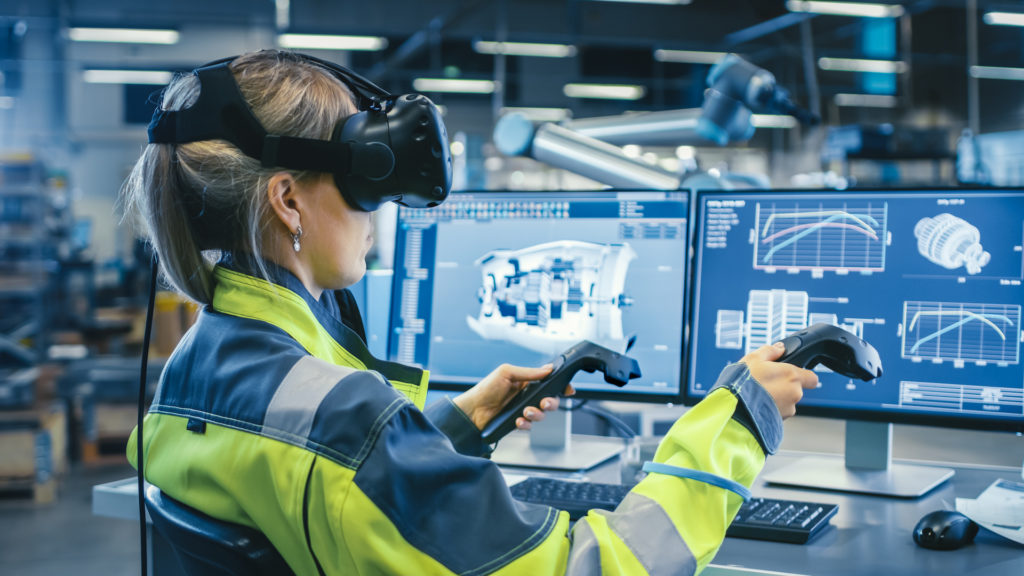
New distribution of roles in the production process
Another human-centric approach to improve the co-operation of humans and machines is the idea of “Operator 4.0”, which was developed in 2016. It is based on enhancing employees’ skills through technological means rather than replacing them with robots.
This has resulted in a typology with eight different “operators” that could be of importance in industrial production in the future:
- the “Super-Strength Operator”, who can increase their physical strength, among other things, with the help of an exoskeleton;
- the “Augmented Operator” who works with augmented reality devices;
- the “Virtual Operator” who uses virtual reality for their activities;
- the “Healthy Operator”, who uses wearables to monitor physical condition;
- the “Smart Operator”, who works together with an intelligent personal assistant;
- the “Collaborative Operator”, who has a collaborative robot for support;
- the “Social Operator”, whose work focuses on social networks, and
- the “Analytic Operator”, who is responsible for big data analytics.
Such a typology can help to find new roles for employees in the production process, by using the support of technology In most cases, the technical prerequisites are already available, such as augmented reality devices for problem analysis.
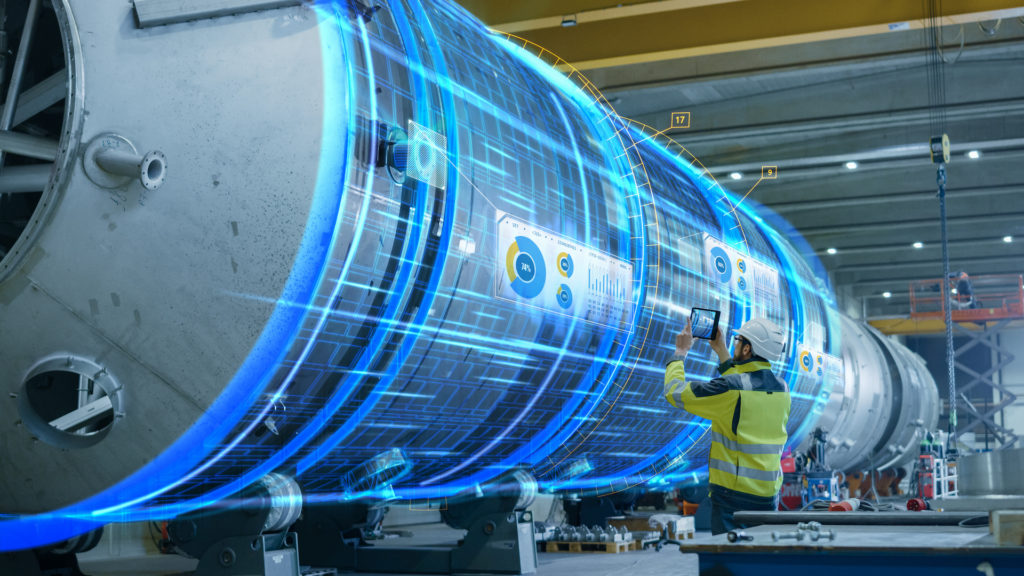
Human-centered technologies
The EU Commission’s paper also uses the premise of “technologies that adapt to people” as a basis for finding solutions to the shortage of skilled workers. In fact, the approach goes even beyond this and targets skills that are needed in Industry 5.0.
This does not only apply to the skilled worker level, but also includes general digital skills. This seems to make sense for several reasons:
- Technological progress and its speed currently require industrial workers to constantly renew and expand their knowledge and skills. This is an additional challenge, especially against the background of an ageing society.
- According to studies, there is also great uncertainty among young people as to whether their digital skills are sufficient for the demands of today’s and tomorrow’s labour market.
In both cases, more intuitive, user-friendly technologies could offer appropriate solutions. In this context, several EU Horizon 2020 projects have looked at ways to combine the developments in technology with relevant training. In this way, skills and technology can be better matched.
However, the need for further training will remain in Industry 5.0. Companies should, therefore, focus on promoting particularly important digital skills among their employees.
The World Manufacturing Forum has compiled the most important skills:
- “Digital Literacy”: This describes the basic ability to work with and understand digital systems, technologies, applications and tools.
- “AI & Data Analytics”: This is mainly about using and designing AI and data analytics and critically interpreting the results.
- “Creative Problem Solving”: Data in large quantities and diverse technological possibilities are to be used for creative solutions.
- “Entrepreneurial Mindset”: Industry 4.0 already offers far-reaching opportunities for new business models, so in Industry 5.0 an entrepreneurial flair is an important prerequisite for long-term competitiveness.
- “Work Physically & Psychologically Safely & Effectively”: Dealing with new technologies requires good physical and mental conditions for safe working.
- “Inter-Cultural, Inter-Disciplinary, Inclusive & Diversity-oriented Mindset”: Work environments are becoming more diverse, which requires a certain openness.
- “Cybersecurity, Privacy & Data Mindfulness”: More data means a bigger digital footprint along the value chain, which should handled responsibly.
- “Handle Increasing Complexity”: The tasks in smart industry are associated with diverse requirements. Therefore the ability to cope with complex working conditions is necessary.
- “Communication skills”: In addition to communication with colleagues, business partners, etc., this skill increasingly includes exchanges with IT and AI systems on different platforms and with different technologies.
- “Transformation Skills”: This also refers to the openness to constant change that comes with technological progress and the transfer of knowledge from other areas.
The EU Commission’s white paper points out that, strictly speaking, only four of these skills fall directly into the category of “digital skills”,the rest are soft skills such as creativity, openness and flexibility.
Safe working environment
A human-centred collaboration between humans and machines has another important “side effect”: it would help make working environments safer. This is because the field of manufacturing occupations is still one of those with the highest accident rates.
At the same time, particularly arduous and repetitive tasks that involve a high level of physical strain can be performed by robots. This contributes both to the health of the employees and to a reduction in accident rates. Occupational accidents that occur due to declining strength or pre-existing physical ailments can thus be largely prevented.
Sustainability is already an important topic for Industry 4.0, for example with regard to the potential of automated processes in reducing energy consumption and controlling the use of resources. In the context of Industry 5.0, this area continues to gain in importance.
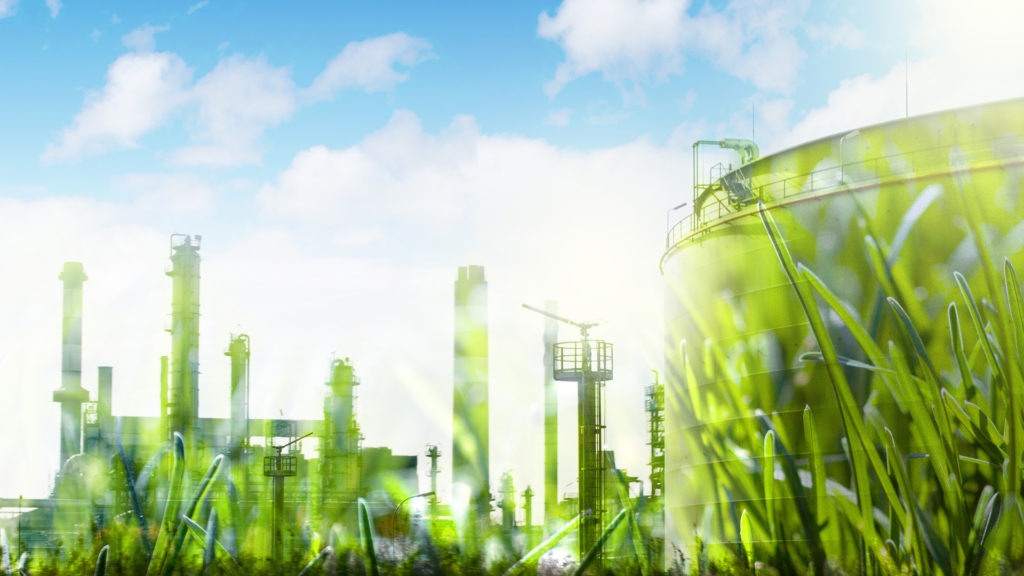
Core element #2: Sustainability
More energy efficiency, fewer emissions
To achieve this, industrial production within the EU takes place within an increasingly far-reaching legal framework. After all, the “Green Deal” is a response by the EU to the fact that many industry sectors are energy-intensive and still produce too many greenhouse gas emissions:
- In terms of energy consumption, the industrial sector is behind the transport sector and even ahead of private households.
- Only agriculture and the energy sector produce more greenhouse gases than industrial processes.
The EU has introduced stricter regulations which will take effect as early as 2030 to make the industry more environmentally friendly and to achieve its climate goal of becoming carbon neutral by 2050 at the latest. Despite great progress in reducing the energy consumption, there is still much to do. Since 2005 the industry’s energy efficiency improvement has slowed down.
However, a turnaround will not only depend on the use of modern technologies or data-based optimisations. After all, it is a matter of energy policies.
Improved circular economy
Industry 5.0 also aims to find solutions for ressource consumption. First and foremost, this is about the circular economy. EU legislation has already set the course in this respect to increase the quality and percentage of secondary raw materials (i.e. recycled goods).
Technological approaches alone will not be enough to achieve this. To optimise the recycling cycle, the design of materials and products, among other things, must be geared more towards efficient recycling.
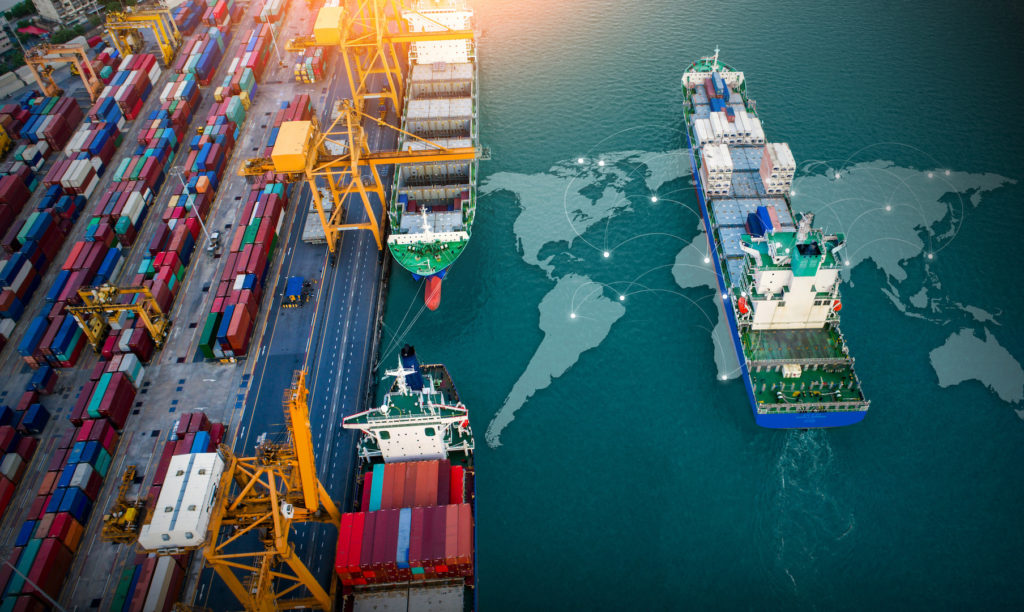
Core element #3: Resilience
The third core element is about the increased resilience of supply chains. The coronavirus pandemic has shown how vulnerable global supply chains are to disruptions. As a response, the EU Commission has set up the advisory “Recovery and Resilience Facility”.
It supports EU member states in reform efforts and investments in green, digital and socially responsible solutions.
Industry itself has also many tools to respond to – or even anticipate – disruption. With Big Data and sophisticated data analysis methods, potential risks can be assessed in real time. Furthermore, predictive maintenance in smart factories also helps to maintain supply chains.
How revolutionary is Industry 5.0?
A team of experts consisting of members of the Faculty of Economics at the Westfälische Wilhelms-Universität (WWU) Münster and the Rheinisch-Westfälische Technische Hochschule (RWTH) Aachen in Germany addressed this in a practical commentary on the EU Commission’s white paper. After all, the very name “Industry 5.0” promises the next step in industrial development.
Common ground
However, when looking closer the similarities between Industry 4.0 and Industry 5.0 outweigh the differences. Take, for example, the technological requirements. Unlike in the past, the current transition to a new industrial stage is not accompanied by a revolutionary change.
The technologies on which Industry 5.0 is to be based are already available and will continue to play a central role: the Internet of Things, artificial intelligence or additive manufacturing processes remain decisive and 5G has long been part of ongoing developments.
Industry 4.0 technologies seem to equally affect the economy, the environment and the society. As human-centricity, sustainability and resilience become more important in industry, ongoing digitalisation initiatives promise to be all the more successful.
Industry 5.0 – The European Commission on the trail of the next industrial revolution?
Similarily, there are overlaps in the core elements of Industry 4.0 and Industry 5.0. Both focus on sustainability and solutions on making supply chains more resilient. This is pointed out in the white paper by referring to completed or ongoing research projects on making industry more human-centred.
The way is the goal
While Industry 4.0 describes the current state of industrial evolution, Industry 5.0 still points to the future. It picks up on current issues and tries to point out possible solutions.
In this respect, Industry 5.0 is currently more of a goal to which ongoing developments can – and above all should – be oriented.











